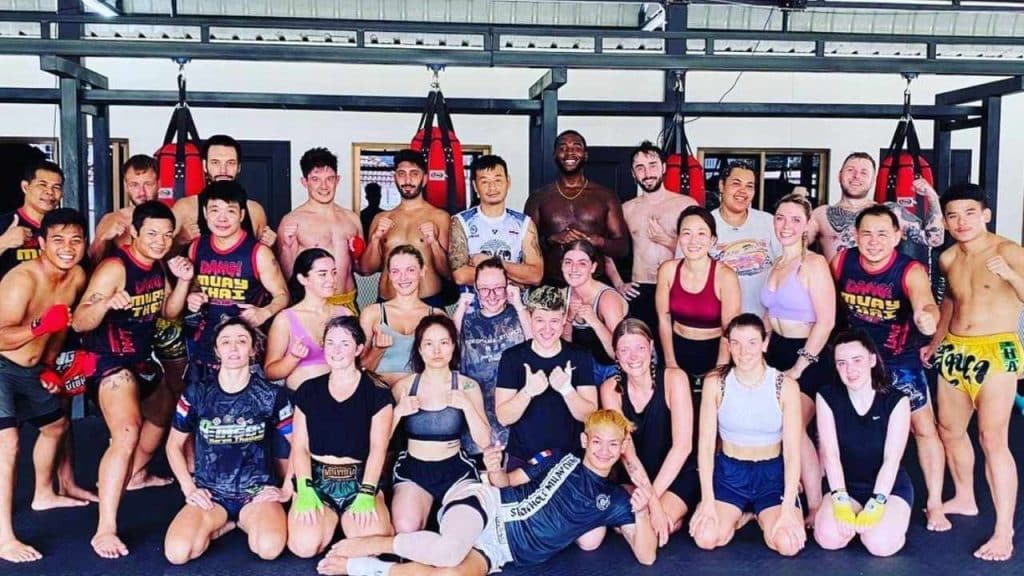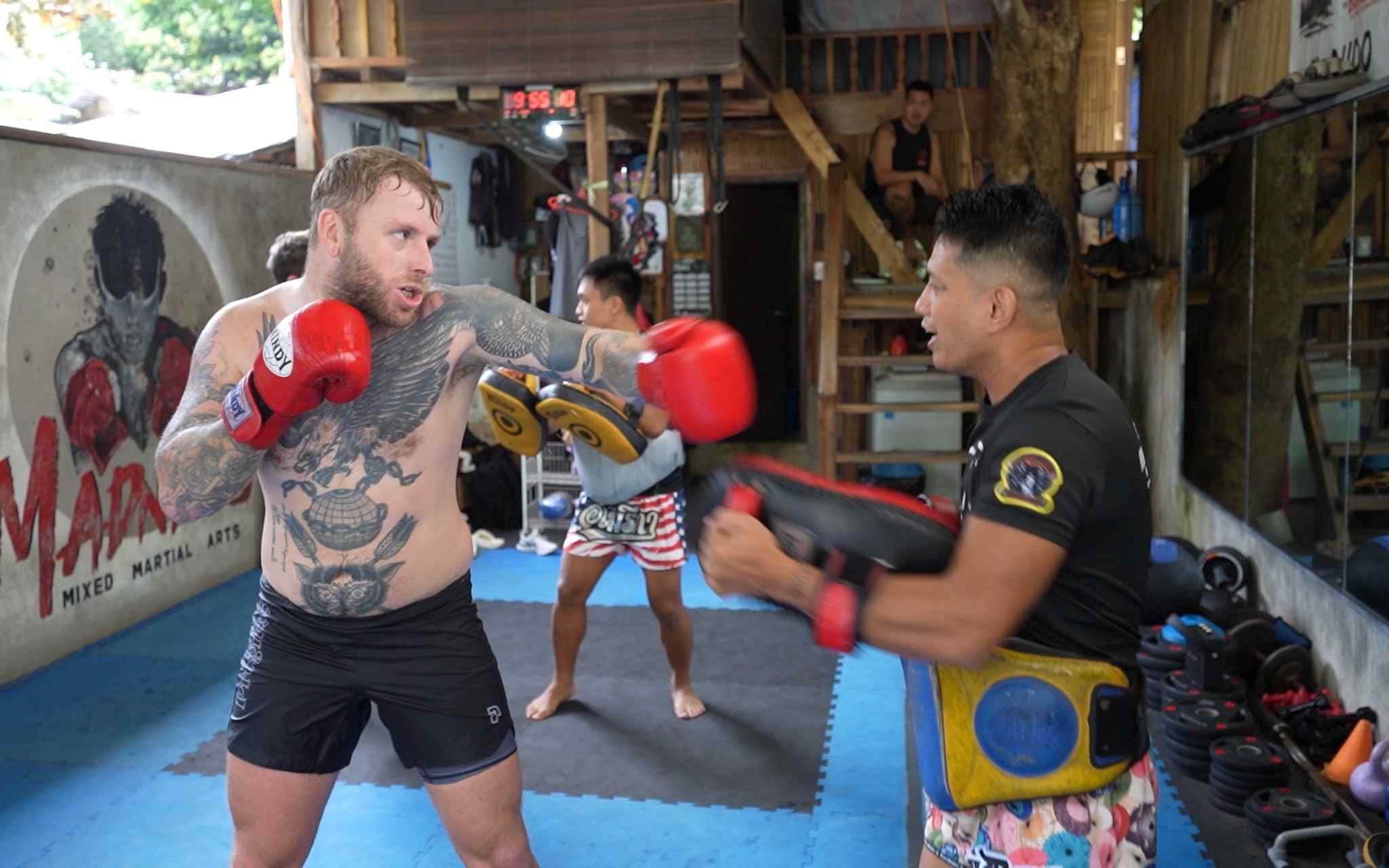Often perceived as similar, martial arts and combat sports are distinct disciplines with unique histories, philosophies, and objectives. Thoroughly steeped in tradition, focusing on self-discipline, spiritual growth, and self-defense, Martial arts emphasize a holistic approach to personal development. Examples include Karate, Taekwondo, and Kung Fu. In contrast, combat sports like Boxing, Mixed Martial Arts (MMA), and Judo are more recently structured around competition, physical prowess, and tactical skill in a regulated environment.
Understanding the differences between martial arts and combat sports is crucial for anyone looking to engage in these practices. This distinction is not just about the physical aspects; it involves appreciating their cultural, philosophical, and historical backgrounds. Recognizing these differences helps people choose the discipline that aligns best with their personal goals, whether for self-improvement, fitness, self-defense, or competitive sport.
This article aims to explain the key differences between martial arts and combat sports, delving into their origins, philosophies, techniques, and cultural impacts.
Let’s dive in!
Subscribe to YouTube!!
I’m on a mission to train martial arts in EVERY country in the world, explore new cultures, and meet awesome people along the way.
Follow the adventure on YouTube.

Martial Arts vs Combat Sport: What’s The Difference?
The primary difference between martial arts and combat sports is their philosophy and purpose. Martial arts, originating from various cultural traditions, are deeply rooted in holistic development. They focus on self-discipline, moral integrity, and spiritual growth alongside physical training.
Techniques in martial arts are often connected to self-defense and are intertwined with philosophical teachings and cultural practices. This aspect underscores the depth and richness unique to martial arts, distinguishing them from combat sports.
In contrast, combat sports are centered around competition and physical prowess. They are modern, structured sporting events like Boxing, BJJ, and MMA, designed with specific rules for competition and spectatorship. In these sports, the emphasis is on winning, showcasing strength, and honing tactical skills.
It’s worth mentioning that martial arts techniques often provide a foundational skill set that can be effectively used in combat sports. Blending traditional practices with competitive tactics offers a more comprehensive approach to physical combat.
This fundamental difference in intent and approach distinctly sets apart the experiences, training, and outcomes of practicing martial arts versus engaging in combat sports.
The Origins and History
The historical backdrop of martial arts and combat sports provides a fascinating glimpse into their distinct development and cultural significance.
Martial Arts: Origins and History
Martial arts have their roots in ancient civilizations worldwide, deeply intertwined with cultural and spiritual practices. Originating primarily for self-defense and military training, these disciplines were often closely linked to their cultures’ philosophical and religious beliefs. Over centuries, martial arts have evolved significantly, adapting to include aspects of philosophy, health, and fitness while maintaining their traditional core. This enduring adaptability has allowed martial arts to remain both relevant and revered, bridging ancient practices with contemporary needs.
Combat Sports: Origins and History
Combat sports, on the other hand, are a relatively modern phenomenon, gaining prominence over the last two centuries. Their rise is closely tied to the organization of competitive sporting events, such as the modern Olympic Games. This era marked the transformation of various regional combat techniques into structured sports with standardized rules. The media played a pivotal role in catapulting these sports onto a global stage, turning them into widely watched spectacles. Events like the Olympics further elevated their status, increasing global participation and viewership. Today, combat sports continue to evolve, shaped by media exposure and the public’s growing enthusiasm for competitive sports entertainment such as MMA.
Philosophical & Cultural Differences
The philosophical and cultural underpinnings of martial arts and combat sports highlight the essence that differentiates them. These disciplines are not just about physical capabilities; they embody distinct philosophies that influence their practice, teaching, and impact on practitioners.
Philosophy Behind Martial Arts
Martial arts are deeply rooted in philosophies emphasizing self-discipline, spirituality, and continuous self-improvement. This holistic approach goes beyond physical training to include mental, emotional, and sometimes even spiritual development. For instance, Karate, originating from Japan, is not just a fighting technique but a way of life, teaching respect, humility, and the pursuit of perfection in character. Likewise, Taekwondo from Korea focuses on cultivating a peaceful, disciplined mind and physical strength. In these arts, the journey of learning and self-reflection is as important as mastering the physical techniques.
Philosophy Behind Combat Sports
Combat sports, in contrast, place a stronger emphasis on competition and physical prowess. The primary goal in these sports is to outperform opponents in a regulated, competitive environment. Boxing, for example, focuses on strength, agility, and tactical skills to win matches. Mixed Martial Arts combines various fighting styles and techniques, highlighting adaptability and physical dominance in the ring. In combat sports, the emphasis is on developing physical abilities and strategies that lead to victory in competitions, reflecting a more outwardly competitive and performance-oriented philosophy.
Techniques & Training
The techniques and training methods in martial arts and combat sports reflect their distinct goals and philosophies. Understanding these differences provides insight into how practitioners develop skills and prepare themselves for self-defense, personal development, or competitive success.
Techniques in Martial Arts
Martial arts are characterized by traditional forms and practices that have been refined over centuries. These techniques often focus on balance, coordination, and precise movements, emphasizing mastering form and technique. In martial arts like Aikido, the techniques primarily use an opponent’s force against them, embodying the non-aggression principle. Self-defense is key, with techniques designed to neutralize threats and protect oneself effectively. The training in martial arts is not just about physical prowess but also mental discipline, with a strong focus on practicing forms (katas) that embody the art’s philosophy and techniques.
Techniques in Combat Sports
Combat sports prioritize competitive fighting strategies and are often more aggressive and direct. Training in sports like Boxing or MMA is heavily focused on developing strength, speed, and endurance. Techniques are designed to outmaneuver and overpower opponents in a competitive setting. Practitioners spend significant time sparring, conditioning, and learning specific moves that are effective under the sport’s rules. The emphasis is on building physical resilience and tactical skills to excel in competitions. The techniques are continually evolving in combat sports, influenced by the competitive landscape and the need for athletes to gain an edge over their rivals.
Rules and Regulations
The rules and regulations governing martial arts and combat sports reflect their distinct objectives and cultural backgrounds. These rules ensure safety and fairness and uphold the integrity and ethos of these disciplines.
Rules in Martial Arts
In martial arts, rules often extend beyond the physical practice to encompass respect for tradition and the ceremonial aspects of the discipline. These rules remind the art of historical and cultural significance and help preserve its purity and essence. For example, in Karate or Taekwondo, bowing to the instructor and fellow students is a sign of respect and an integral part of the practice.
Safety and discipline are paramount in training, with specific guidelines to prevent injuries and ensure a respectful and conducive learning environment. The emphasis is on mastering techniques gradually, respecting the art’s philosophy, and maintaining a disciplined approach to learning and interacting within the dojo or training space.
Rules in Combat Sports
Combat sports, such as Boxing, Judo, or MMA, are governed by more structured competition rules, essential for maintaining fairness and safety in a highly competitive environment. These rules specify permissible techniques, weight classes, rounds duration, and the use of protective gear. Scoring and winning criteria are clearly defined, with points awarded for specific moves or dominance in the sport.
For example, in boxing, points are scored for clean, effective punches, while in MMA, various techniques like striking and grappling are scored. Regulatory bodies often oversee the rules in combat sports and can vary between organizations and competitions. They are designed to ensure the sport remains competitive, exciting, and safe for competitors and spectators.
WARRIOR STRENGTH PROGRAM
Do you want to win your next fight, transform your body & unleash your potential as a martial artist?
We work exclusively with combat athletes to improve their performance, optimize their recovery time, and reduce stress during training.

Popularity & Global Influence
The popularity and global influence of martial arts and combat sports extend far beyond their origins, permeating various aspects of popular culture and media.
Martial Arts in Popular Culture
Martial arts have profoundly influenced movies, literature, and fitness trends, often portrayed as a blend of physical prowess and philosophical depth. Films featuring martial arts, such as those starring Bruce Lee or Jackie Chan, have popularized these disciplines, showcasing their unique techniques and cultural richness.
In films, martial arts are often depicted as a means of personal growth and spiritual journey. The fitness industry has embraced martial arts, with practices like Tai Chi and kickboxing becoming popular for their health benefits. The global spread of martial arts has led to their adaptation and fusion with local cultures, making them a part of the global cultural fabric.
Combat Sports in the Media
Combat sports have gained significant media attention, partly due to the rise of celebrity athletes and high-profile events. Athletes in sports like Boxing and MMA have become household names, contributing to the sports’ popularity and appeal. The media portrayal of combat sports often emphasizes these events’ excitement and competitive nature, attracting a broad audience.
This exposure has substantially impacted the fitness industry, with an increasing number of people taking up combat sports for fitness and self-defense. Combat sports have also become a significant part of youth culture, often symbolizing strength, resilience, and determination. Their portrayal in the media continues to evolve, attracting new fans and inspiring the next generation of athletes.
Martial Arts vs Combat Sport: Choosing What’s Right for You
When deciding between martial arts and combat sports, consider your personal goals. Martial arts might suit you if you seek fitness, self-improvement, and spiritual growth. They offer a balanced approach to physical and mental well-being. For those interested in competition, physical conditioning, and tactical fighting skills, combat sports could be the better choice, providing a dynamic and competitive environment.
Finding the right gym is crucial. Research and visit various facilities to gauge the training atmosphere and teaching style. Speak to instructors and observe a class to understand the discipline’s philosophy and approach. Whether you choose martial arts or combat sports, the right environment will enhance your learning experience and help you achieve your personal goals.
Martial Arts vs Combat Sport
Martial arts focus on self-discipline, spiritual growth, and holistic self-improvement, incorporating traditional techniques and philosophies. Combat sports, however, emphasize physical prowess, competition, and tactical skills within a structured sporting framework. The choice between the two depends on individual preferences for personal development, fitness, or competitive thrill.
Exploring both martial arts and combat sports can offer unique perspectives and benefits for personal growth. Each discipline provides distinct skills, challenges, and insights, contributing to a more rounded understanding of physical and mental capabilities.


